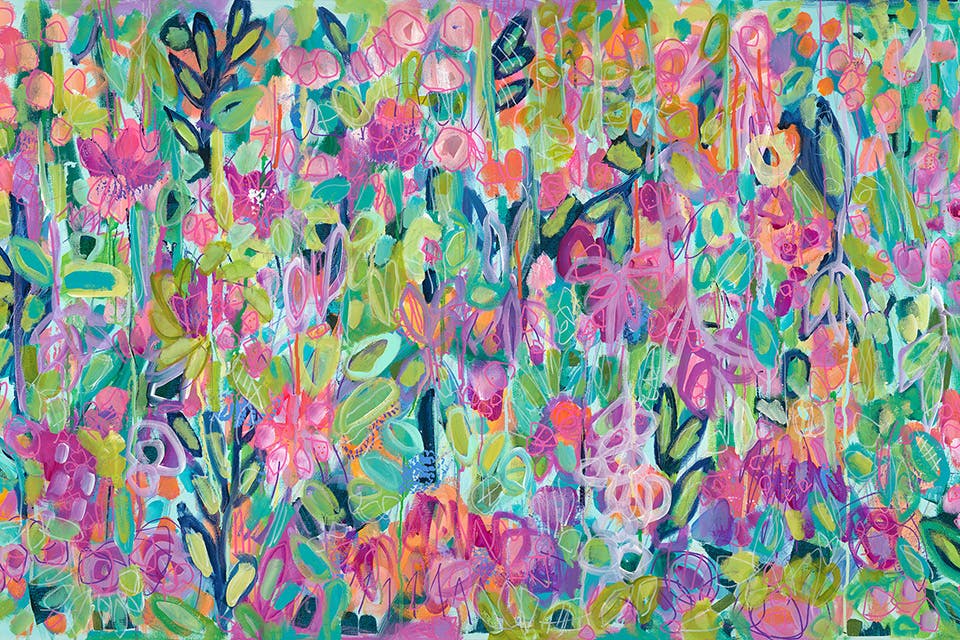Arts
The Art of James Mellick’s Wounded Warrior Dogs Project
James Mellick’s sculptures are poignant works that reflect the courage and sacrifice of those who serve to protect our freedoms.
Related Articles
.jpg?sfvrsn=12cdb838_1&w=960&auto=compress%2cformat)
Mark Veterans Day at One of These 4 Ohio Events
Remember the sacrifices of America’s brave men and women in uniform at these happenings across the state. READ MORE >>

Flowers Power Alisa H. Workman’s Beautiful Paintings
The southwest Ohio-based artist embraces spontaneity in creating her floral-inspired canvases. READ MORE >>

View a Whimsical Cloth Circus at Canton Museum of Art’s ‘Without a Net’
California-based artist Susan Else’s vibrant and fun creations are the focus of this exhibition, which runs from Nov. 21 through March 3. READ MORE >>





